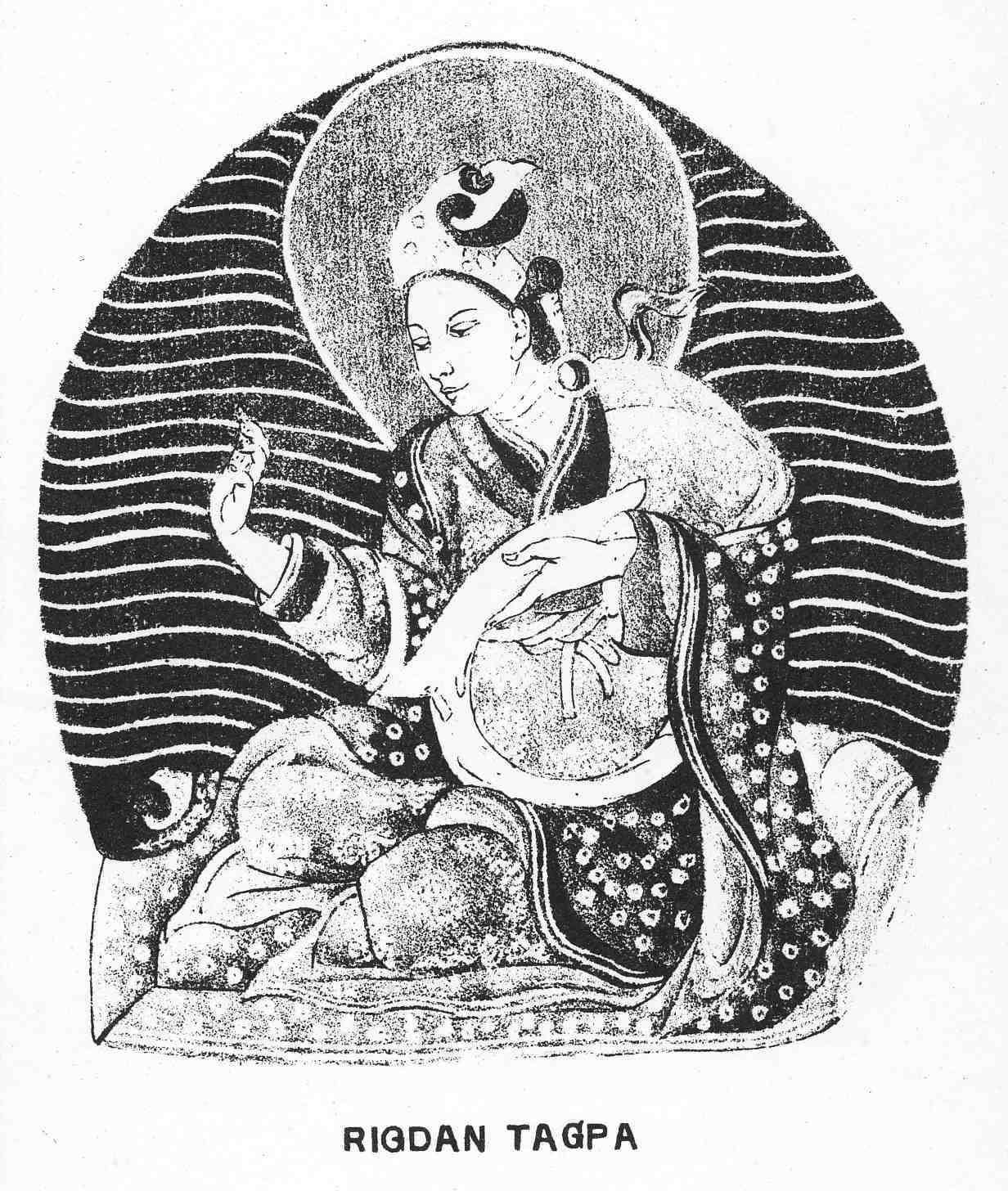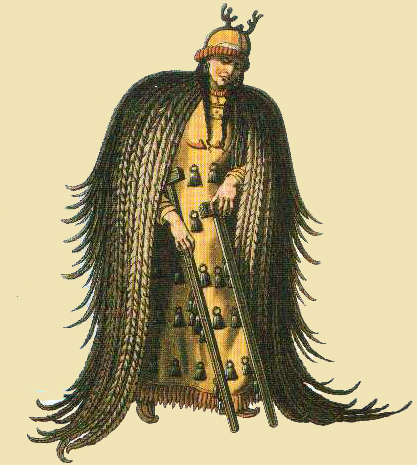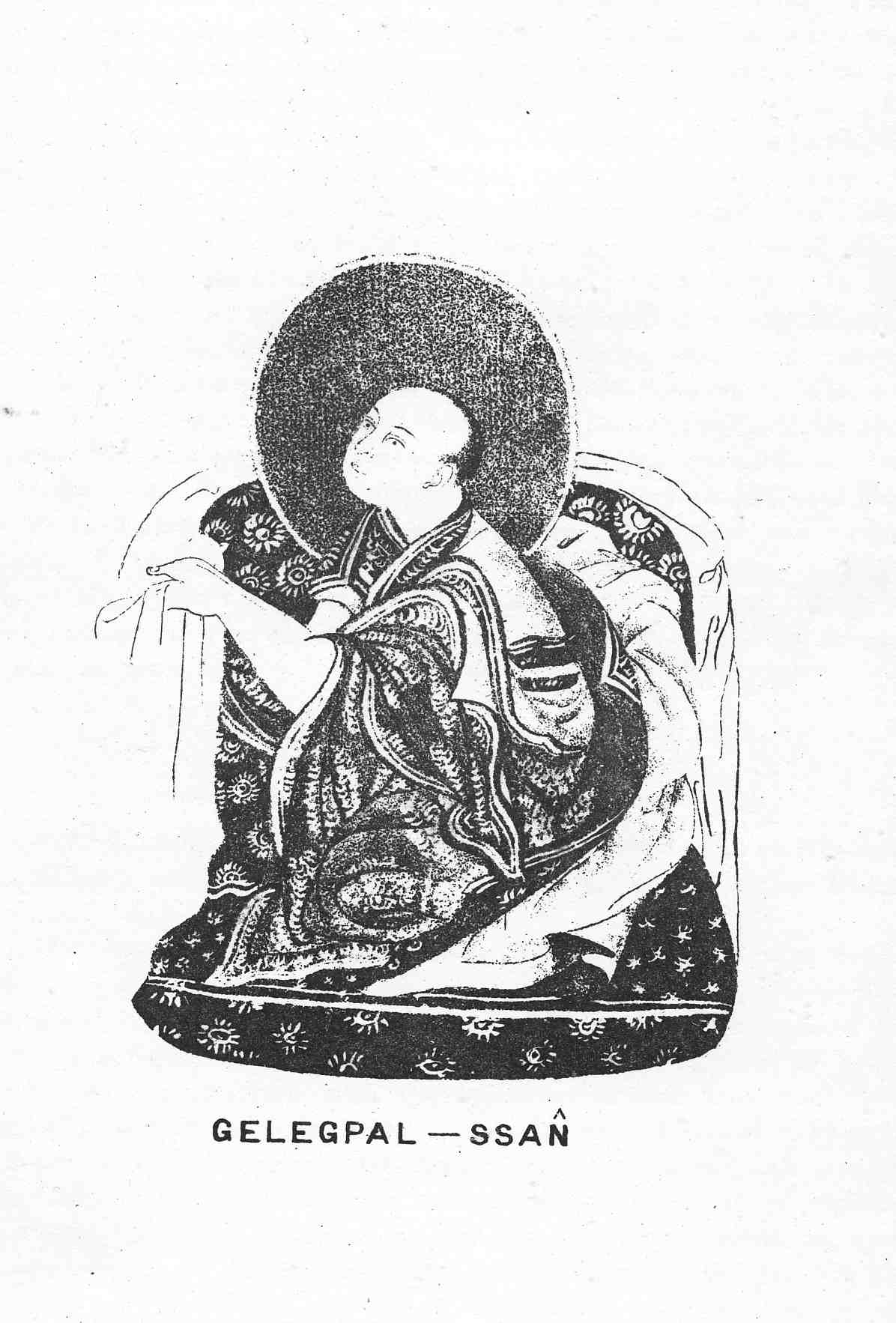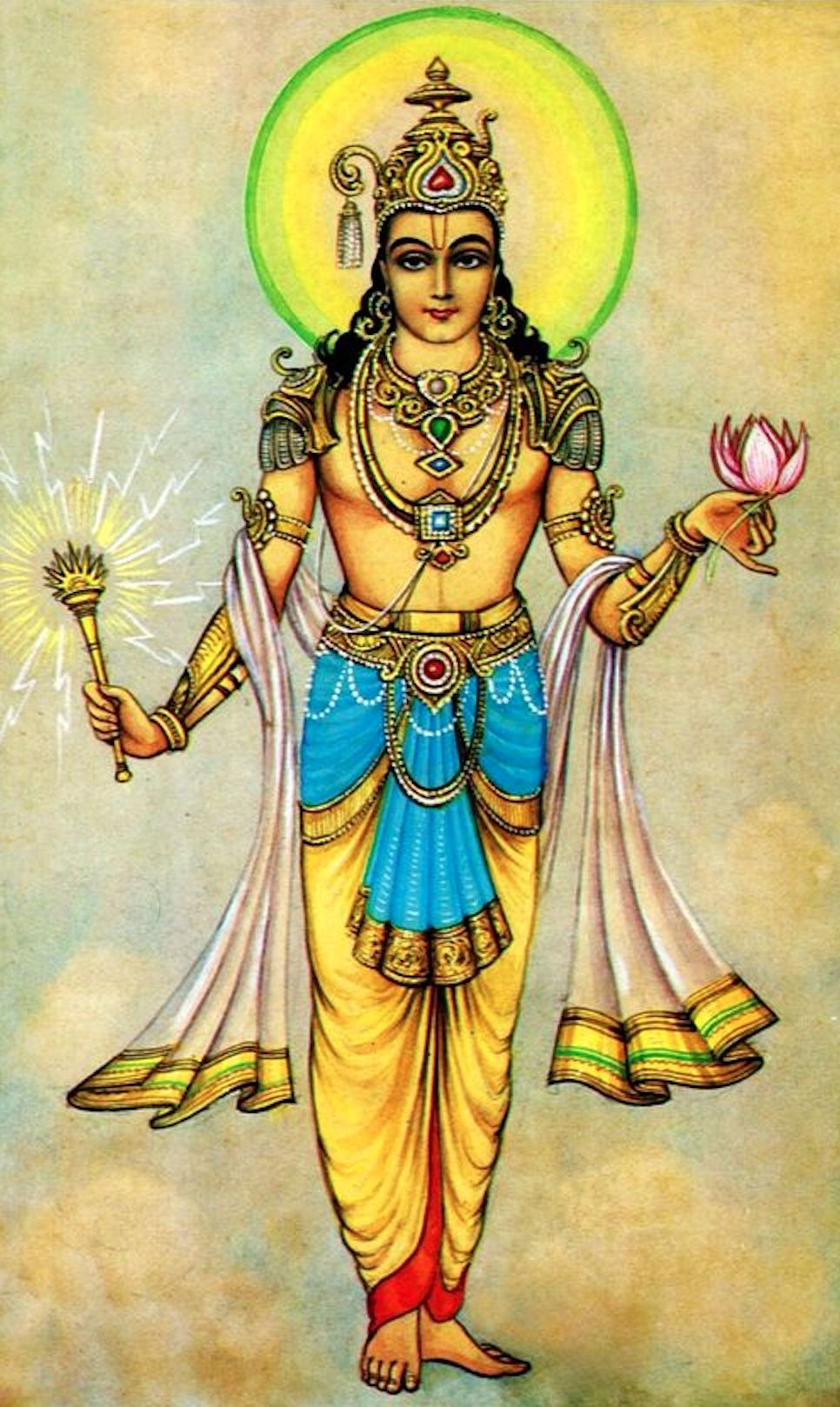|
Manjushrikirti
Manjushrikirti or ''Manjughoshikirti'' (Skt. ''Mañjuśrīkīrti''; ; ) is the 8th King of Shambhala, and a precursor in the lineage of the Panchen Lamas of Tibet. It is also a name which refers to two different figures in Indian Buddhism. Buddhist scholars Mañjuśrīkīrti is the name of a student of Candrakīrti (c. 600 – c. 650).Luis O. Gomez and Jonathan A. Silk, ''Studies in the Literature of the Great Vehicle: Three Mahayana Buddhist Texts''. Ann Arbor 1989 pg 11 Mañjuśrīkīrti is also the name of an Indian Buddhist scholar who wrote a commentary to the '' Samādhirāja Sūtra'' (''King of Samādhis Sūtra'') called the ''Kīrtimala'' (Tibetan: ''grags pa'i phreng ba'') which survives in Tibetan translation.Regamey, Constantin (1938). ''Philosophy in the Samādhirājasūtra: Three Chapters From the Samādhirājasūtra,'' p. 3. Motilal Banarsidass Publishers. Four other works in the Tibetan canon are attributed to him, one text on Grammar and three works on tantr ... [...More Info...] [...Related Items...] OR: [Wikipedia] [Google] [Baidu] |
Samadhiraja Sutra
Nara. Candraprabha is the Buddha's main interlocutor in the ''Candrapradīpa.'' The ''Samādhirāja Sūtra'' (''King of Samādhis Sūtra'') or ''Candrapradīpa Sūtra'' (''Moonlamp Sūtra'') is a Buddhist Mahayana sutras, Mahayana sutra. Some scholars have dated its redaction from the 2nd or 3rd century CE to the 6th century (the date of the earliest manuscript found), but others argue that its date just cannot be determined. The ''Samādhirāja'' is a very important source for the Madhyamaka school and it is cited by numerous Indian authors like Chandrakirti, Shantideva and later Buddhist authors.Regamey, Constantin (1938). ''Philosophy in the Samādhirājasūtra: Three Chapters From the Samādhirājasūtra,'' p. 3. Motilal Banarsidass Publishers. According to Alex Wayman, the ''Samādhirāja'' is "perhaps the most important scriptural source for the Madhyamika."Tatz, Mark (1972). ''Revelation in Madhyamika Buddhism,'' p. 4. M.A.Thesis, University of Washington. The ''Samādhi ... [...More Info...] [...Related Items...] OR: [Wikipedia] [Google] [Baidu] |
Shambhala
Shambhala (, ),Śambhala m. (also written Sambhala): Name of a town (situated between the Rathaprā and Ganges, and identified by some with Sambhal in Moradabad; the town or district of Śambhala is fabled to be the place where Kalki, the last incarnation of Vishnu, is to appear in the family of a Brahmin, Brahman named Vishnu Yash) Mahabharata, MBh. Harivaṃśa, Hariv. Pur. (Monier Monier-Williams, Monier-Williams, ''Sanskrit-English Dictionary'', 1899). also spelled ''Shambala'' or ''Shamballa'' (; ), is a spirituality, spiritual kingdom in Tibetan Buddhism, Tibetan Buddhist tradition. Shambhala is mentioned in the Kalachakra, ''Kalachakra Tantra''. The Bon scriptures speak of a closely related land called Tagzig Olmo Lung Ring. The Sanskrit name is taken from the name of a city near the Ganges, sometimes identified with Sambhal in the Indian state of Uttar Pradesh, as mentioned in the Hinduism, Hindu Puranas. The mythological relevance of the place originates with a prophec ... [...More Info...] [...Related Items...] OR: [Wikipedia] [Google] [Baidu] |
Gautama Buddha
Siddhartha Gautama, most commonly referred to as the Buddha (),* * * was a śramaṇa, wandering ascetic and religious teacher who lived in South Asia during the 6th or 5th century BCE and founded Buddhism. According to Buddhist legends, he was born in Lumbini, in what is now Nepal, to royal parents of the Shakya clan, but Great Renunciation, renounced his Householder (Buddhism), home life to live as a wandering ascetic. After leading a life of mendicancy, asceticism, and meditation, he attained Nirvana (Buddhism), nirvana at Bodh Gaya, Bodh Gayā in what is now India. The Buddha then wandered through the lower Indo-Gangetic Plain, teaching and building a Sangha, monastic order. Buddhist tradition holds he died in Kushinagar and reached ''parinirvana'' ("final release from conditioned existence"). According to Buddhist tradition, the Buddha taught a Middle Way between sensual indulgence and severe asceticism, leading to Vimutti, freedom from Avidyā (Buddhism), ignora ... [...More Info...] [...Related Items...] OR: [Wikipedia] [Google] [Baidu] |
Panchen Lama
The Panchen Lama () is a tulku of the Gelug school of Tibetan Buddhism. The Panchen Lama is one of the most important figures in the Gelug tradition, with its spiritual authority second only to the Dalai Lama. Along with the council of high lamas, he is in charge of seeking out the next Dalai Lama. ''Panchen'' is a portmanteau of ''Pandita (Buddhism), Pandita'' and ''Chenpo'', meaning "great scholar". The recognition of Panchen Lamas began with Lobsang Chökyi Gyaltsen, tutor of the 5th Dalai Lama, who received the title "Panchen Bogd" from Altan Khan and the Dalai Lama in 1645. ''Bogd'' is Mongolian, meaning "holy". Khedrup Gelek Pelzang, Sönam Choklang and Ensapa Lobsang Döndrup were subsequently recognized as the first to third Panchen Lamas posthumously. In 1713, the Kangxi Emperor of the Qing dynasty granted the title Panchen Erdeni to the 5th Panchen Lama. In 1792, the Qianlong Emperor issued a decree known as the 29-Article Ordinance for the More Effective Governing o ... [...More Info...] [...Related Items...] OR: [Wikipedia] [Google] [Baidu] |
Khedrup Gelek Pelzang
Khedrup Gelek Pelzang, 1st Panchen Lama (1385–1438 CE) – better known as Khedrup Je – was one of the main disciples of Je Tsongkhapa, whose reforms to Atiśa's Kadam (Tibetan Buddhism), Kadam tradition are considered the beginnings of the Gelug school of Tibetan Buddhism. Khedrub Je is considered to be an emanation of Manjusri, the buddhahood, Buddha of Wisdom. Recognition Khedrub Je was posthumously decided by the 5th Dalai Lama to have been a previous incarnation of Lobsang Chökyi Gyaltsen, 4th Panchen Lama (1570–1662). Like all the Panchen Lama The Panchen Lama () is a tulku of the Gelug school of Tibetan Buddhism. The Panchen Lama is one of the most important figures in the Gelug tradition, with its spiritual authority second only to the Dalai Lama. Along with the council of high la ...s, he is considered to be an incarnation of Amitābha Buddha. Traditionally, there were considered to be four Indian and three Tibetan incarnations before K ... [...More Info...] [...Related Items...] OR: [Wikipedia] [Google] [Baidu] |
Tenzin Gyatso
The 14th Dalai Lama (born 6 July 1935; full spiritual name: Jetsun Jamphel Ngawang Lobsang Yeshe Tenzin Gyatso, shortened as Tenzin Gyatso; ) is the incumbent Dalai Lama, the highest spiritual leader and head of Tibetan Buddhism. He served as the resident spiritual and temporal leader of Tibet before 1959 and subsequently led the Tibetan government in exile represented by the Central Tibetan Administration in Dharamsala, India. A belief central to the Tibetan Buddhist tradition as well as the institution of the Dalai Lama is that he is a living Bodhisattva, specifically an emanation of Avalokiteśvara (in Sanskrit) or Chenrezig (in Tibetan), the Bodhisattva of Compassion. The Mongolic word ''dalai'' means ''ocean.'' He is also known to Tibetans as Gyalwa Rinpoche ("The Precious Jewel-like Buddha-Master"), ''Kundun'' ("The Presence"), and ''Yizhin Norbu'' ("The Wish-Fulfilling Gem"). His devotees, as well as much of the Western world, often call him ''His Holiness the Dal ... [...More Info...] [...Related Items...] OR: [Wikipedia] [Google] [Baidu] |
Parinirvana
In Buddhism, ''Parinirvana'' (Sanskrit: '; Pali: ') describes the state entered after death by someone who has attained '' nirvana'' during their lifetime. It implies a release from '' '', karma and rebirth as well as the dissolution of the ''skandhas''. In some Mahāyāna scriptures, notably the '' Mahāyāna Mahāparinirvāṇa Sūtra'', ''parinirvāṇa'' is described as the realm of the eternal true Self of the Buddha. In the Buddha in art, the event is represented by a reclining Buddha figure, often surrounded by disciples. Final nirvana at death In the Buddhist view, when ordinary people die, each person's unresolved karma passes on to a new birth; and thus the karmic inheritance is reborn in one of the Six Paths of '' samsara''. However, when a person attains nirvana, they are liberated from karmic rebirth. When such a person dies, it is the end of the cycle of rebirth. Contemporary scholar Rupert Gethin explains: Parinirvana of Buddha Shakyamuni Accounts of t ... [...More Info...] [...Related Items...] OR: [Wikipedia] [Google] [Baidu] |
Mahaparinirvana
In Buddhism, ''Parinirvana'' (Sanskrit: '; Pali: ') describes the state entered after death by someone who has attained ''nirvana'' during their lifetime. It implies a release from '' '', karma and rebirth as well as the dissolution of the ''skandhas''. In some Mahāyāna scriptures, notably the ''Mahāyāna Mahāparinirvāṇa Sūtra'', ''parinirvāṇa'' is described as the realm of the eternal true Self of the Buddha. In the Buddha in art, the event is represented by a reclining Buddha figure, often surrounded by disciples. Final nirvana at death In the Buddhist view, when ordinary people die, each person's unresolved karma passes on to a new birth; and thus the karmic inheritance is reborn in one of the Six Paths of '' samsara''. However, when a person attains nirvana, they are liberated from karmic rebirth. When such a person dies, it is the end of the cycle of rebirth. Contemporary scholar Rupert Gethin explains: Parinirvana of Buddha Shakyamuni Accounts of the ... [...More Info...] [...Related Items...] OR: [Wikipedia] [Google] [Baidu] |
Mlechhas
Mleccha () is a Sanskrit term referring to those of an incomprehensible speech, foreigners or invaders deemed distinct and separate from the Vedic tribes. In Vedic Brahmanical discourse, the term is used to refer to foreigners (anāryans) who are considered outside the realm of Vedic dharma. ''Mleccha'' was traditionally applied to denote foreigners or outsiders who did not belong to the Vedic cultural milieu, regardless of their race or skin colour. These individuals were considered outside the Varna system and the ritualistic framework of Vedic society. Historical sources identify various groups as mlecchas, including the Śākas, Huns, Chinese, Greeks, Kambojas, Pahlavas, Bahlikas, Rishikas, and Daradas. Other groups designated as mlecchas include the Barbaras, Kiratas, Paradas, Saka-Greeks, Indo-Greeks, Pulindas, and Scythians. Further identifications include the Kushans, Kinnaras, Tusharas, and Nishadas. The designation further extends to include groups such as the ... [...More Info...] [...Related Items...] OR: [Wikipedia] [Google] [Baidu] |
Vajra
The Vajra (, , ), is a legendary and ritualistic tool, symbolizing the properties of a diamond (indestructibility) and a thunderbolt (irresistible force). It is also described as a "ritual weapon". The use of the bell and vajra together as symbolic and ritual tools is found in all schools of Tibetan Buddhism. The vajra is a round, symmetrical metal scepter with two ribbed spherical heads. The ribs may meet in a ball-shaped top, or they may be separate and end in sharp points. The vajra is considered inseparable from the bell, and both are sold in dharma stores only in matching sets. The bell is also metal with a ribbed spherical head. The bell also depicts the face of Dhatvisvari, a female buddha and the consort of Akshobhya. The vajra has also been associated as the weapon of Indra, the Vedic king of the Deva (Hinduism), devas and Svarga, heaven. It is used symbolically by the dharma, dharmic traditions of Hinduism, Buddhism, and Jainism, often to represent firmness of spir ... [...More Info...] [...Related Items...] OR: [Wikipedia] [Google] [Baidu] |





